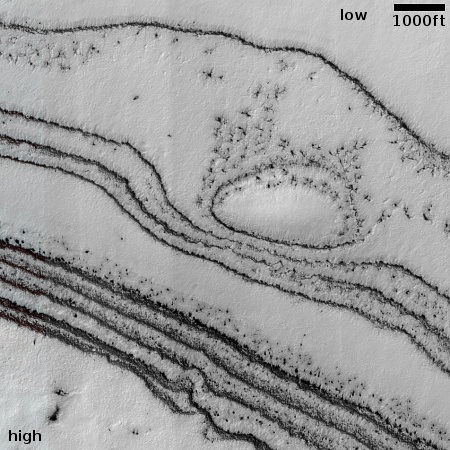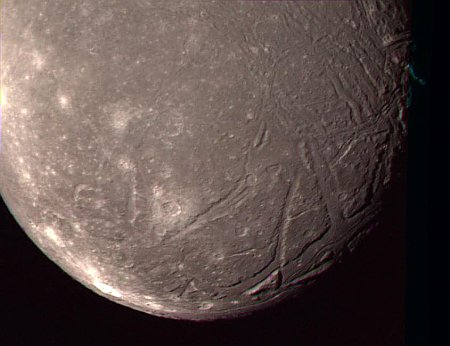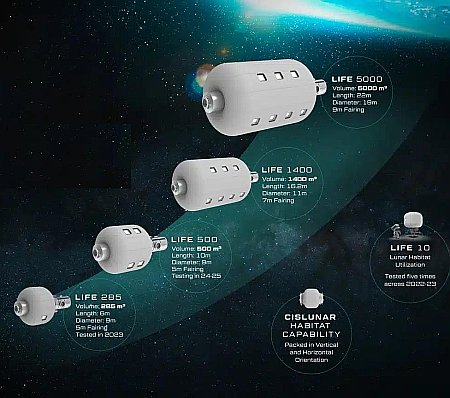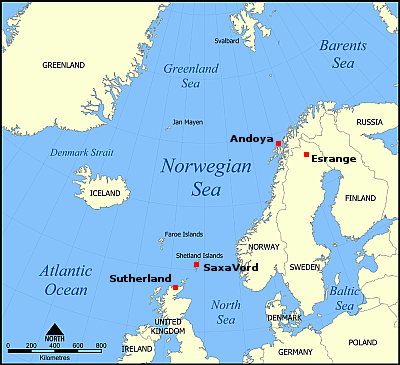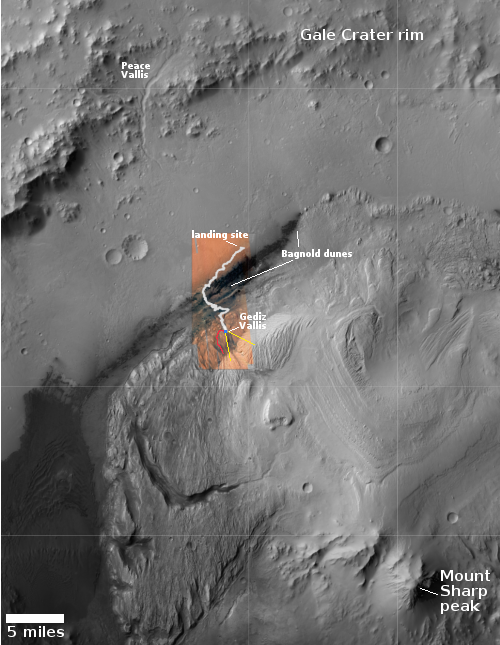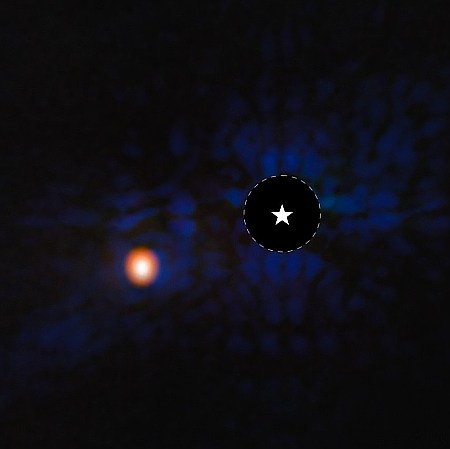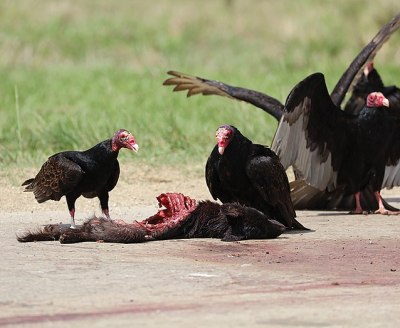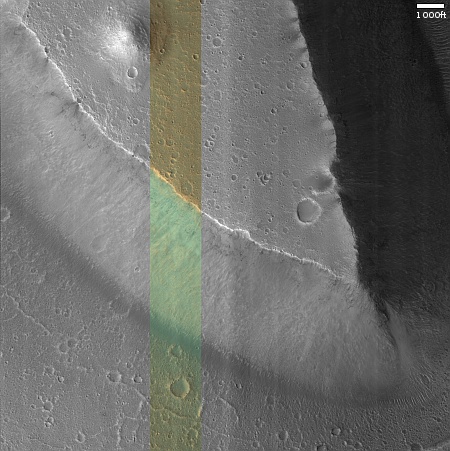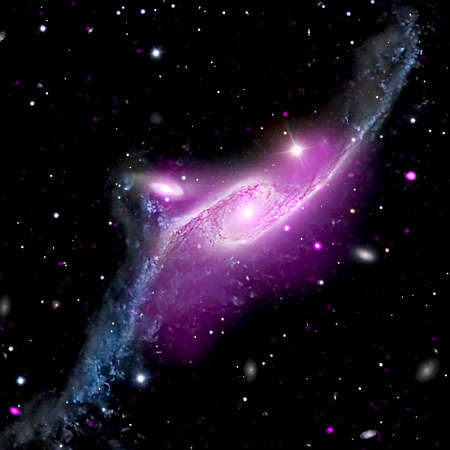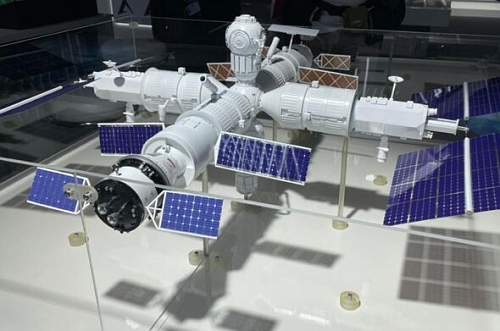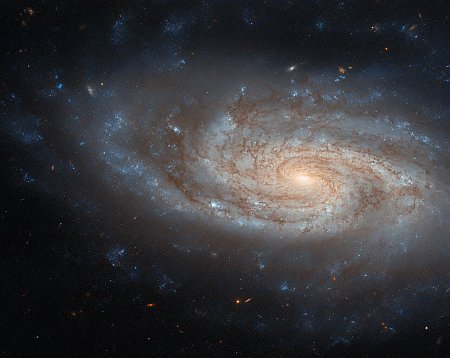July 25, 2024 Quick space links
Courtesy of BtB’s stringer Jay. This post is also an open thread. I welcome my readers to post any comments or additional links relating to any space issues, even if unrelated to the links below.
- Ispace announces completion of a European mini-rover set to fly on its Hakuto-R Resilience lunar lander
The mission is targeting a launch late this year on a Falcon 9. The landing location remains unclear.
- Thales-Alenia completes design review of a proposed lunar mobile habitation module
The artist’s rendering suggests this would be like a mini-RV for use on the Moon.
- China proposes its own proposed lunar module habitation module
The Chinese graphic looks less well thought out compared to Thales-Alenia’s design.
- China university proposes building a intelligent spherical robot for use on its space station
This is essentially a copycat of similar robots already flying on ISS.
- New rocket startup New Frontier Aerospace touts first tests of a small-scale prototype of the engine for its proposed point-to-point orbital spaceplane
Though I wish them well, to say we should remain skeptical of this company at this point is an understatement.
Courtesy of BtB’s stringer Jay. This post is also an open thread. I welcome my readers to post any comments or additional links relating to any space issues, even if unrelated to the links below.
- Ispace announces completion of a European mini-rover set to fly on its Hakuto-R Resilience lunar lander
The mission is targeting a launch late this year on a Falcon 9. The landing location remains unclear.
- Thales-Alenia completes design review of a proposed lunar mobile habitation module
The artist’s rendering suggests this would be like a mini-RV for use on the Moon.
- China proposes its own proposed lunar module habitation module
The Chinese graphic looks less well thought out compared to Thales-Alenia’s design.
- China university proposes building a intelligent spherical robot for use on its space station
This is essentially a copycat of similar robots already flying on ISS.
- New rocket startup New Frontier Aerospace touts first tests of a small-scale prototype of the engine for its proposed point-to-point orbital spaceplane
Though I wish them well, to say we should remain skeptical of this company at this point is an understatement.

